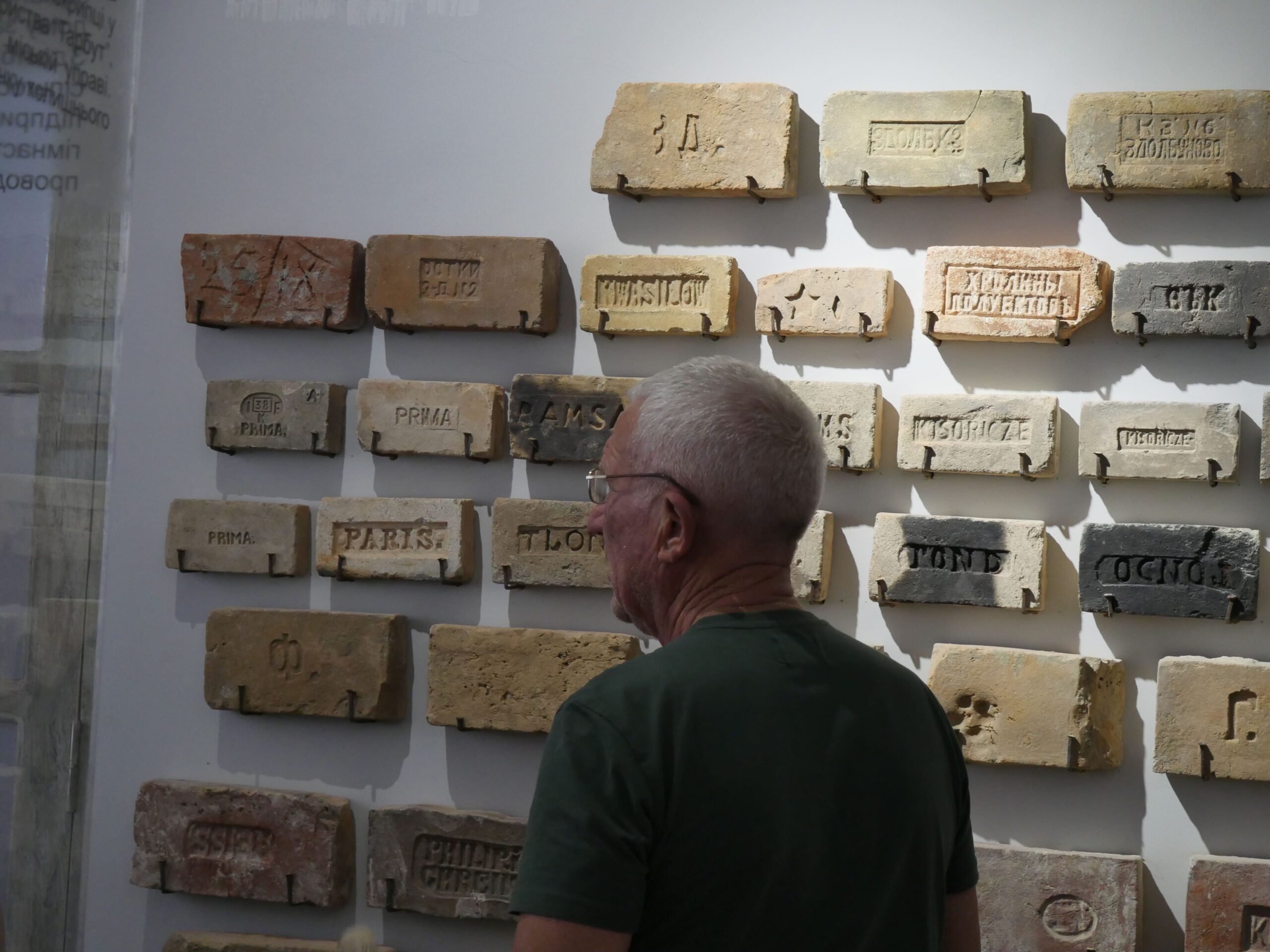
Results of the Connecting Memory in 2023
We continue to share the results of our cooperation with the Connecting Memory project team in 2023.
The project supports local communities and experts who protect and research the heritage of local Jews and Roma, care for the burial sites of Holocaust and Roma genocide victims, and develop new tools for researching and protecting mass graves from World War II.
Members of the Kovel community held a two-day seminar-trip to Jewish memory sites along the Kovel-Zhovkva-Lviv route. They also conducted a thematic tour in Zhovkva, visited the “Territory of Terror” Memorial Museum and Jewish memory sites in Lviv.
In the village of Rayhorod (Vinnytsia region) members of the local initiative organised film shows, developed a route called “Multi-Ethnic Rayhorod”, and cleaned up the sites of memory.
The Polianske community team held a discussion of reports on the history of the local Jewish community and collected testimonies from local residents about the shooting of three Jewish families during World War II. A local history guide on the Jewish history of the Polianske community is currently being created.
The community of Mizoch village, in cooperation with historian Roman Mykhalchuk, published the publication “Mizoch: The Life and Death of the Jewish Community”, and held memorial events, a lecture, and a memorial evening on Holocaust Remembrance Day.
Residents of the Turiia community purchased equipment for memorial events, created a hub for events with high school students, and organised a screening of the documentary “Broken Branches”. They also took photos of the World War II monuments on the territory of the Turiia community.
The Prokhidska community organised excursions to the cultural heritage sites of the village for different age groups and took care of the memorial sites.
The Samhorodok community made an inventory of exhibits in the village local history museum, organised a ceremony to commemorate the victims at the burial sites in the schools in the village of Samhorodok. They also conducted a tour of the village called “In the footsteps of the history and tragedy of Samhorodok Jewish people” for students of the lyceum and the Plyskiv initiative team.
Residents of Zhovkva conducted tours of Jewish sites for schoolchildren and people who temporarily moved to the city because of the war, and held an artistic residency entitled “Crossroads of Centuries: Voices of Survivors.”
The team of the Kivertsi community made more than two thousand photocopies of archival documents, digitised 800 exhibits, and held research expeditions, educational events, and exhibitions (one of them was the travelling exhibition “Protecting Memory”).
In Okhtyrka, a team of museum workers, teachers, and archaeologists studied the collections of the Sumy district archives, collected data on the city’s Jewish community, held documentary film screenings with the city’s Jewish community, held readings of the book “Solomon’s Signs in the Time Loop”, and published biographical information about the city’s residents and reference material on the Jewish history of Okhtyrka.
The community of Pokaliv created an exhibition about the Jewish community and the Holocaust in the village of Slovechno, set up a volunteer hub, organised documentary screenings, conducted local history excursions for student volunteers, and a series of classes on prejudice, genocide, and memory preservation at a school in Ovruch. They also continued active volunteer work to help the Ukrainian Armed Forces.
Residents of the village of Kolodianka, Zhytomyr region, took care of the memorial sites, organised a class with a thematic unit on the history of the Holocaust, and established contact with the local Jewish community.
The community of Zdolbuniv re-exhibited the period of Zdolbuniv’s formation in the local history museum, and purchased equipment for the arrangement of cultural and artistic space and events, such as documentary screenings in conjunction with DocuDays.
In the village Ivaniv, the local community organised a screening and discussion with students and teachers of the documentary film “Wordless”. They also organised an exhibition dedicated to the 82nd anniversary of Babyn Yar and worked on a project to create information boards about the multi-ethnic history of Ivaniv.
The Connecting Memory project is implemented by Insha Osvita in cooperation with the Foundation Memorial to the murdered Jews of Europe in cooperation with the Ukrainian Center for Holocaust Studies with the support of the German Federal Foreign Office.




